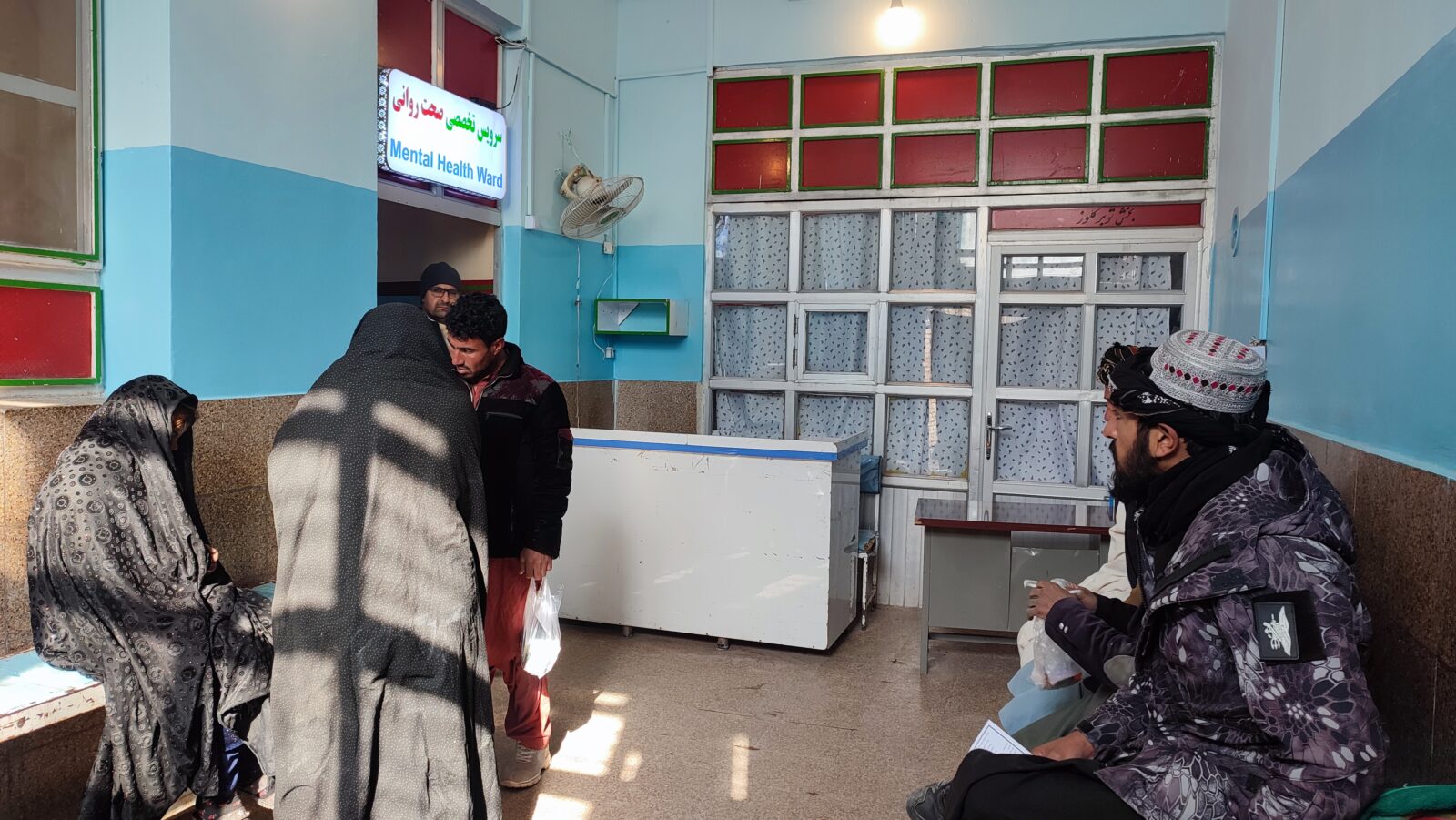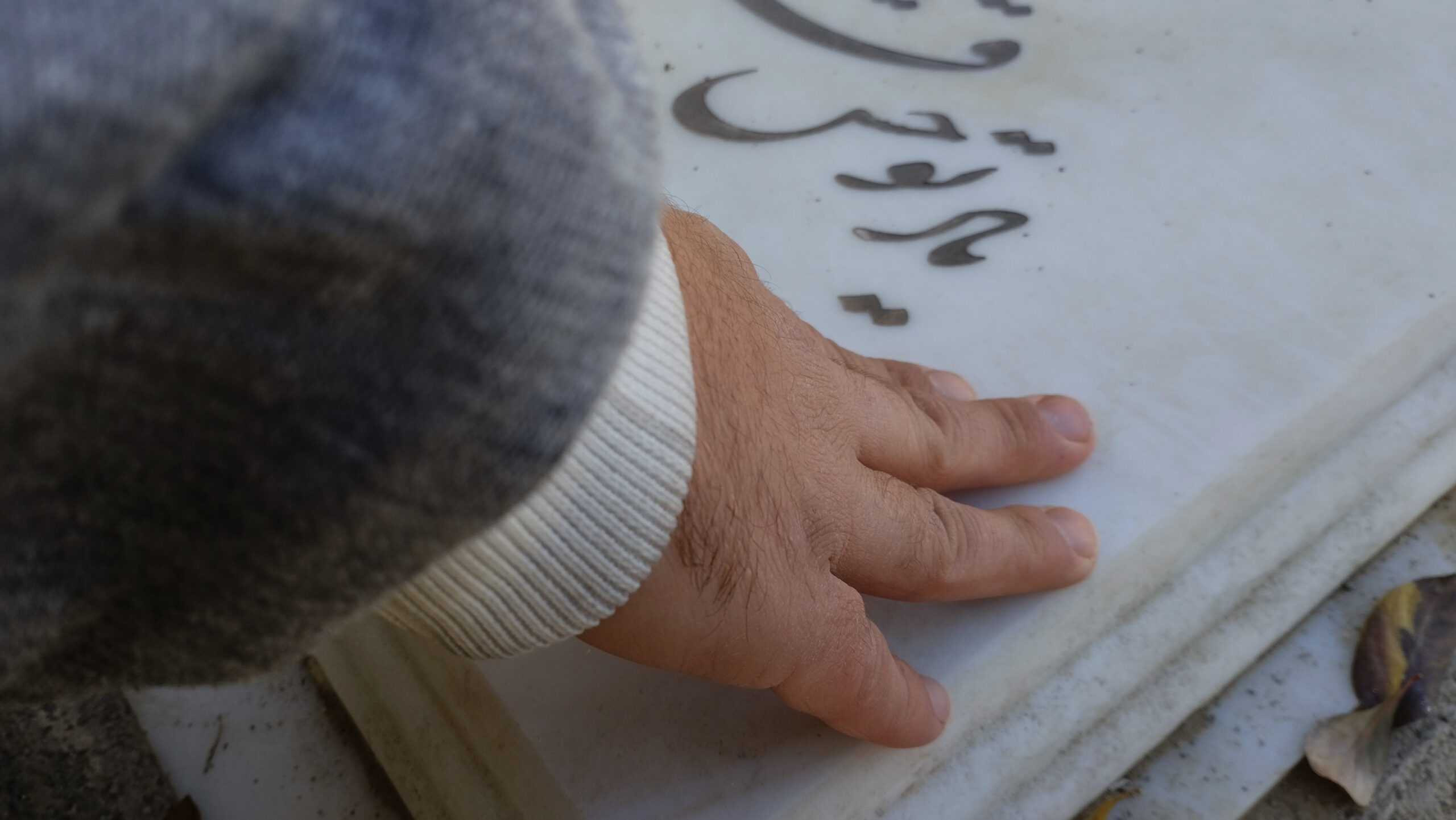Warning: This article contains references to suicide throughout.
First, her education was taken away. Then, a wedding was arranged – against her will – to her cousin, a heroin addict. Latifa* was left facing an unthinkable choice.
“I had two options: to marry a heroin addict and live a life of misery or take my own life,” said the 18-year-old in a telephone interview from her home in Ghor province in central Afghanistan.
With Latifa’s dreams of medical school dashed by the Taliban’s ban on secondary and university education for girls and her family insisting on the arranged marriage that had been six years in the making, the Afghan teenager saw only one option.
“I chose the latter,” she said. She tried to kill herself last autumn by overdosing on prescription medicines.
Latifa’s suicide attempt is no one-off. As Afghan women see their hard-won freedoms to study, work and even to leave their homes wrenched away by the Taliban, growing numbers are choosing to take their own lives out of desperation and hopelessness, an investigation by Zan Times and The Fuller Project has found.
More than twice as many men die by suicide as women globally, according to the World Health Organization (WHO). Until 2019 — the last year for which official data is available – more men than women died by suicide in Afghanistan. But figures obtained from doctors at public hospitals and clinics around the country for this investigation suggest that women are now taking their own lives in far greater numbers than men, a global anomaly that underscores the impact of the Taliban’s draconian policies.
Women outnumbered men for both suicides and suicide attempts in nine of the 11 Afghan provinces for which Zan Times and The Fuller Project obtained data for the year to August 2022. The figures are by no means comprehensive – they cover only a third of Afghanistan’s 34 provinces and are likely only the visible tip of the iceberg in a society where suicide is seen as a source of shame and often covered up. But they do show a clear trend. In the 12 months that followed the Taliban takeover, women and girls accounted for the vast majority of both those who tried to take their own life, and deaths by suicide.
“When I meet with Afghan women across the country, their consistent message is the impact that the growing restrictions are having on their psychological well-being. Afghanistan is in the midst of a mental health crisis precipitated by a women’s rights crisis,” said Alison Davidian, the country representative for UN Women, in emailed comments.
“We are witnessing a moment where growing numbers of women and girls see death as preferable to living under the current circumstances, where they are stripped of the agency to live their own lives.”
Loss of hope
Afghan activists, international aid agencies and United Nations experts say the high rate of female suicides in Afghanistan reflects not only a loss of freedom for women, but an increase in forced marriages and domestic abuse – and a loss of hope.
In July last year, Fawzia Koofi, former deputy speaker of the Afghan Parliament, told the U.N. Human Rights Council the situation had grown so desperate that “every day there is at least one or two women who commit suicide”.
Latifa tried to end her life with cough medicine, caffeine tablets and sleeping pills bought from a pharmacy that did not ask for a prescription. Following the suicide attempt, she said she woke up in a hospital bed surrounded by her family and doctors, suffering from a burning sensation in her stomach and unable to open her eyes.
She was informed that her cousin – a man seven years her senior – had disappeared after learning of her suicide attempt. There has been no further discussion of the marriage, but Latifa is still afraid that he might return at some point.
“If he comes back and my family tries to force me [into marriage] again, I will hang myself to make sure I don’t survive,” she said.
Afghanistan’s history of conflict, civil strife and poverty had given rise to a mental health crisis long before August 2021.
A national survey on depressive and anxiety disorders published in the journal BMC Psychiatry in June 2021, two months before the Taliban takeover, found nearly half the population of 40 million was suffering from psychological distress.

A 2019 report by Human Rights Watch said more than half of Afghans struggled with depression, anxiety, and post-traumatic stress, but that “fewer than 10 percent receive adequate psychosocial support from the state”.
It is difficult to know how much has changed since then. A 2022 survey by Gallup found that while “suffering is now universal among men and women” in Afghanistan, female respondents were more pessimistic about the future.
The Taliban does not release health data and all the data collected by Zan Times and The Fuller Project was provided over the phone by health workers speaking on condition of anonymity. One mental health worker in the western province of Herat who spoke on condition of anonymity for fear of reprisals said the Taliban had barred health professionals from publishing or sharing statistics on suicide, which had previously been published regularly.
Spokespeople for the Taliban and did not respond to multiple requests for comment.
Herat had the most reported suicide attempts of the provinces for which data was obtained: 123, including 106 by women. There were 18 reported deaths, 15 of them women. Historically, the conservative region, which has a larger share of educated women, has recorded high levels of gender-based violence and female suicide attempts, according to the now-exiled Afghan Independent Human Rights Commission (AIHRC).
The Herat mental health worker said the province had always had a high suicide rate, but that staff were now overwhelmed. About 90 percent of the provincial hospital’s mental health patients were women who “are breaking down under the weight of the new restrictions,” they said.
“Patients do not get the hospitalization time and counselling they need,” the worker said. “Many times, we put two patients in one bed.”

The worker cited domestic violence and forced or underage marriages among the drivers of suicide, saying stopping secondary schooling had meant girls were married earlier. Women often “paid the price” when families were struggling financially and men became abusive, the worker added.
Social stigma
Roya*, 31, was found hanged in her house in Herat city in May 2022.
Her younger brother, Mohammad*, who asked that his real name be withheld, said that Roya had spoken to their parents repeatedly about her husband’s abusive behaviour, which included frequent beatings.
“But every time, my parents would persuade her to keep her family together,” Mohammad said. “One morning, we were informed that Roya had hung herself. We never thought it would get this far.”
The family told people she had died of an illness, fearing her suicide would bring shame if it became public, Mohammad explained.
Shaharzad Akbar, former chairperson of the AIHRC, said such behaviour is common due to the social stigma surrounding suicide.
“The rare instance when they willingly admit to suicide is when they don’t want any member of the family to be accused of murder,” said Akbar, who is now executive director of Rawadari, a new Afghan human rights organization.
The mental health of women and girls in particular is deteriorating, activists and aid agencies say, because the Taliban has systematically closed off nearly all avenues for female education – with girls unable to attend school past the age of 12 – and opportunities for women to work, earn an income, or exercise any autonomy.
According to the obtained figures, most of the attempted suicides and deaths involved women and girls who were educated – they had either been in school before the Taliban takeover or had school qualifications. Rat poison, which is easily accessible in Afghanistan, and hanging were the most common suicide methods.
Research published in August 2022 by Save the Children found that 26 percent of girls were showing signs of depression compared with 16 percent of boys.
Behishta Qaimy, project coordinator for Save the Children Afghanistan, said girls were increasingly despondent since being banned from attending school, recalling how one had told aid workers: “I am hopeless, I get angry quickly, I cry for myself, and when I go to bed, I have nightmares.”
While some organizations are still able to operate in Afghanistan, many have suspended operations after the Taliban barred women from working for national and international NGOs. As a result, 11.6 million women and girls are no longer receiving vital aid, UN Women has warned, and services for survivors of violence or to prevent sexual exploitation have shut down.
Nine in 10 women in Afghanistan suffer some form of domestic violence, according to the United Nations. Experts say modest progress in tackling the issue before the Taliban takeover has been wiped out.
“The mechanism to respond to domestic violence is totally eradicated; women have no choice but to bear the violence or kill themselves,” said Akbar.
Warnings about female suicides are only intensifying as the Taliban tighten their grip on women’s and girls’ rights.
In May, U.N. experts including the Special Rapporteur on the situation of human rights in Afghanistan, Richard Bennett, said after a visit to the country that they were “alarmed about widespread mental health issues and accounts of escalating suicides among women and girls”.
Some see these actions as the only remaining form of defiance possible for women in a country where dissent and protests are punished.
“We cannot reduce the message of women who commit these very ostentatious forms of suicide to simple act of despair,” said Julie Billaud, an anthropology professor at The Geneva Graduate Institute and the author of Kabul Carnival, a book about gender politics in post-war Afghanistan.
“The despair is settling in. Perhaps [suicide] is the last attempt by those who have left no power to say something and be heard.”
* Names have been changed to protect interviewees.
This story was a collaboration with Zan Times, a female-led news organization that covers human rights in Afghanistan.


 Zahra Nader
Zahra Nader
